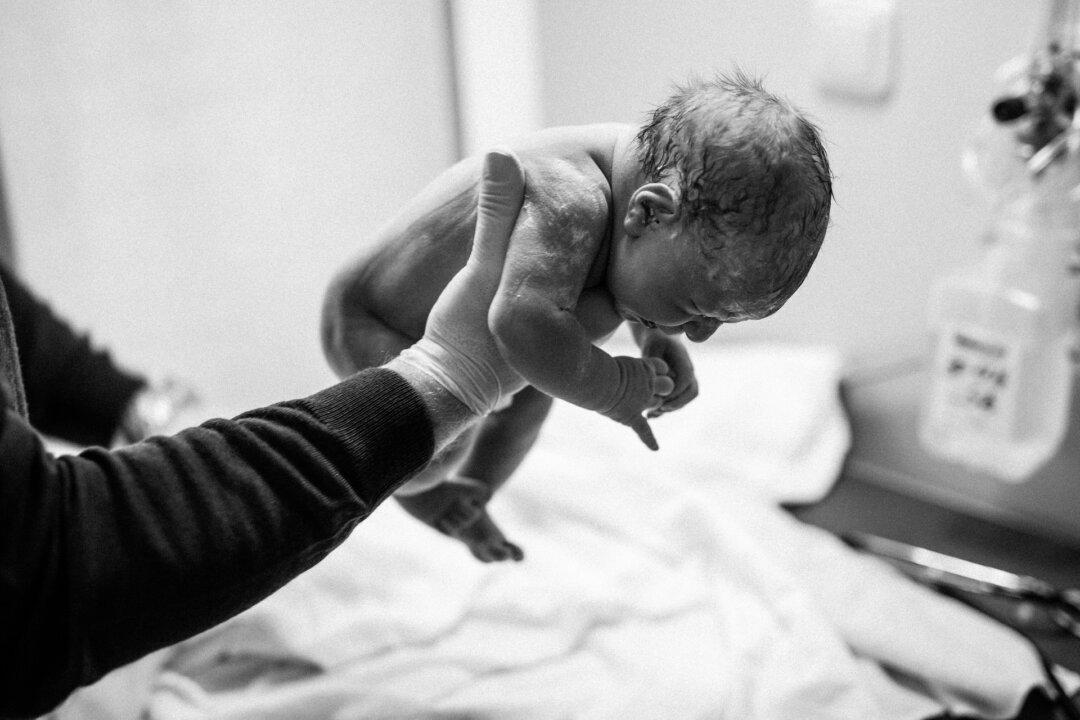Thousands of Americans every year suffer from a disease impacting their everyday function bouncing from doctor to doctor without being given a clear diagnosis. While there may be a variety of causes behind these undiagnosed illnesses, some of these patients may be suffering from chronic inflammatory response syndrome (CIRS) which is also known as toxic mold illness.
CIRS is a complex and controversial illness caused by the malfunction of the immune system following exposure to an organism that produces a toxin also known as a biotoxin. The various systems affected by this syndrome are broad including the brain, the gut, hormones, and the musculoskeletal system.






